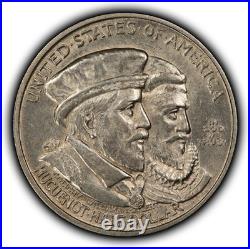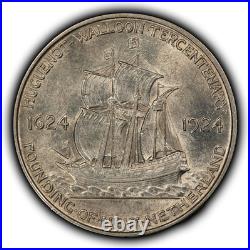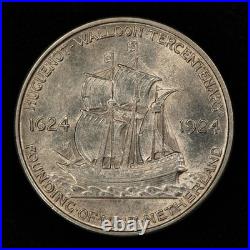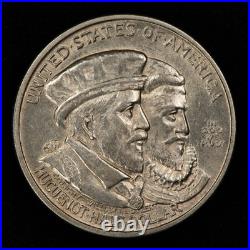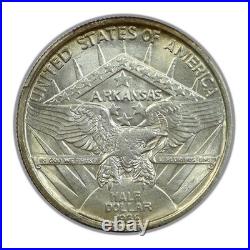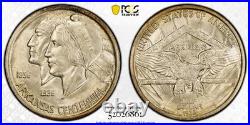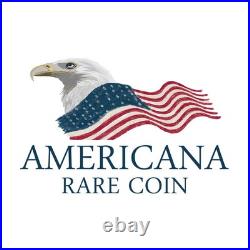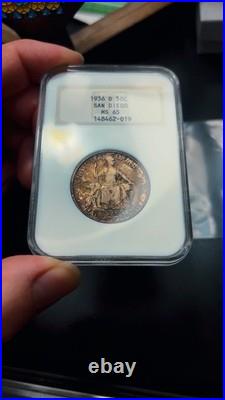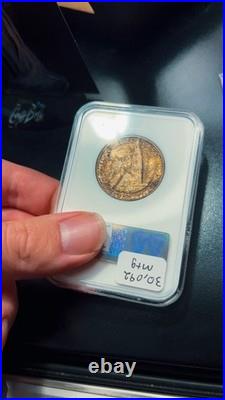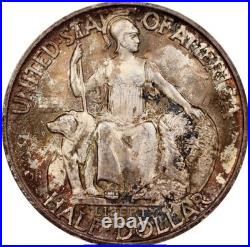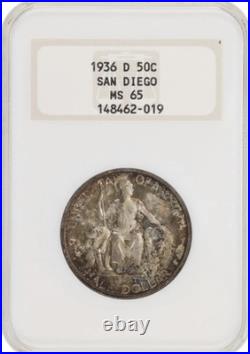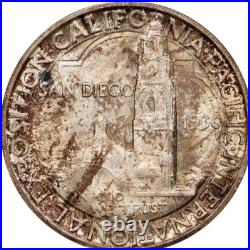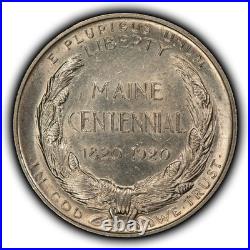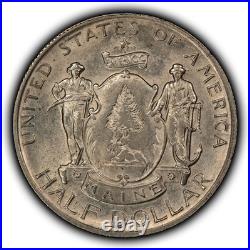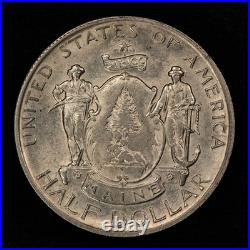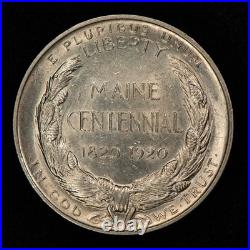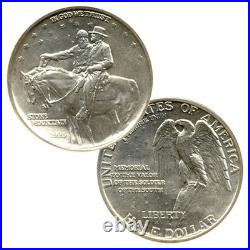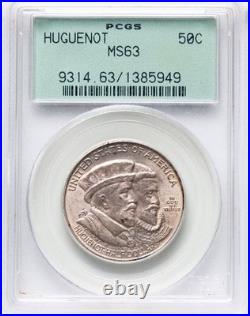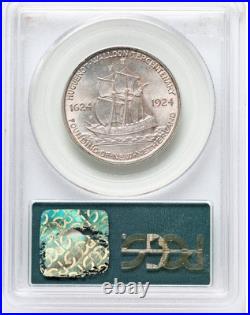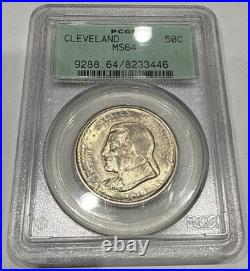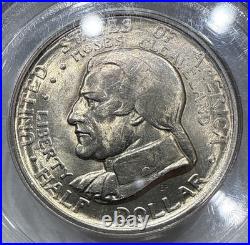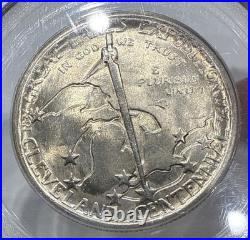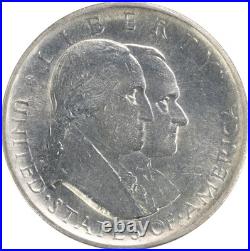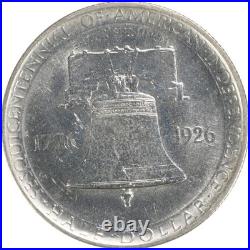
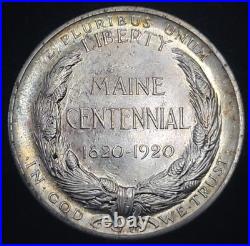

Welcome to AJ’s Coins & Alchemy. Your trusted coin & bullion dealer. Whether you’re a seasoned coin hunter, or a newly minted coin enthusiast, we want to be your dealer! We specialize in a wide range of numismatics, dating from the 1800s through the present, including early US Type Coins, Commems, Proof/Mint Sets, Silver Bullion & much more! Our goal is 100% satisfaction. To visit our store and. For supporting our small business! 1920 Maine Commemorative Silver Half Dollar 50c BU. From time to time we offer promotions and discounts on larger orders. It is your responsibility to review the entire description and all pictures provided. Pictures are considered to be part of the description, and they are worth 1000 words. Grading is subjective, so any grades we assign to our raw coins are solely our opinions, and in no way do we assert or guarantee that any coin would be assigned the same grade by PCGS, NGC, ANACS etc.. If you have any questions, or require any additional pictures/information, send us a message, we are happy to help!



